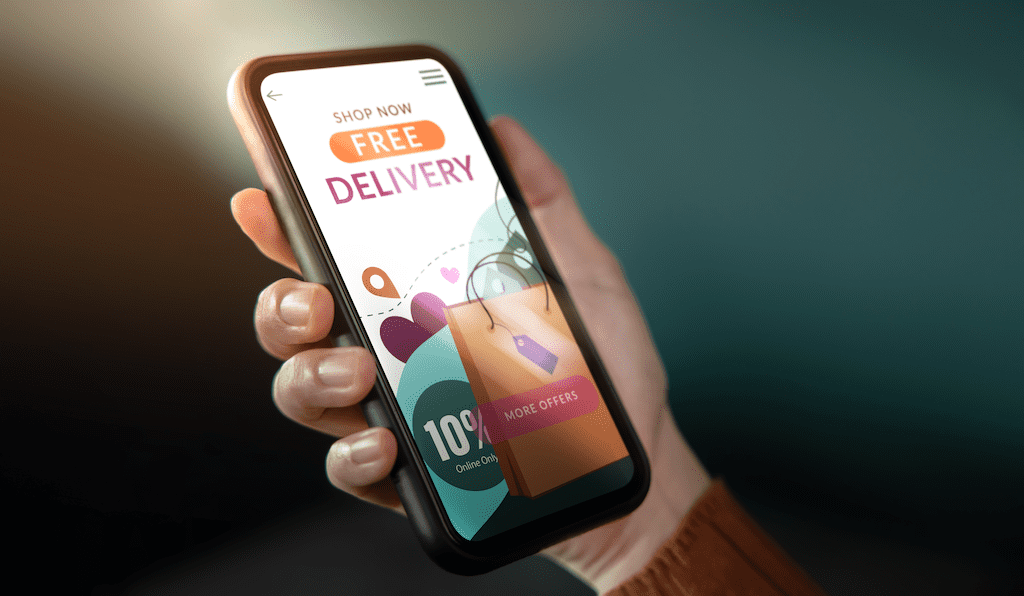The Best Practices that can unleash the power of CRM Email Marketing
-
May 28, 2022
-
7 min read

CRM refers to the system for managing the relationship with customers – developing, acquiring, and retaining customers – by leveraging strategies, methodologies, and technologies. Email marketing involves sending commercial content to potential and current customers.
CRM (Customer Relationship Management) and email marketing tools, combined, can help you manage targeted, and personalized marketing campaigns and sales pitches. Collaboratively using them is an effective way to organize contacts, automate campaign workflows, and maintain customer interaction data. CRM-integrated email marketing platform provides you with a central data hub of leads and customers, and the ability to deliver personalized content and track customer engagement. The power of CRM email marketing as a methodology to reach customers is utilized by over 3.9 billion active users globally.
How does Email marketing work with CRM?
With CRM software and Email marketing software, whether on-premise or cloud, anyone in your company who is allowed to use them can access the key customer information to run targeted email marketing campaigns effectively. Most email marketing platforms allow integration with CRM, and many CRMs have in-built email marketing tools as part of their software or vice-versa. It is imperative that you evaluate which combination is the best fit for you, as the email marketing tool which comes as a module of many CRMs lacks the required functionalities compared to what an independent email marketing platform offers.
The benefits that email marketing derive from working with CRM are:
- Lead and customer information are shared between them
- Alerts the users on events like scheduled calls or sending follow-up emails
- Visibility to the stage where a customer is in the sales funnel
- Keep track of a customer’s history with your company
- Help identify a potential customer within the funnel
- Share relevant information to facilitate personalized and targeted email marketing campaigns
The CRM Email Marketing Best Practices
Having the tools alone won’t serve the purpose; using them, properly following the CRM email marketing best practices that are proven across geographies and business segments will help optimize your marketing budget and improve ROI. What you need to be in place is an overall CRM email marketing strategy built on the best practices. We will take a closer look at some pertinent best practices.
-
Email Marketing Software
A comprehensive marketing strategy and software tools go hand in hand. Sending business messages through email services such as Gmail or Outlook/Exchange isn’t the most effective way because that doesn’t get you the relevant metrics such as opens, bounces, click-throughs, and cannot scale to send bulk emails in large numbers at once.
Most countries have anti-spam laws that regulate the landing of emails in a recipient’s inbox. The CRM email marketing software helps you comply with such laws, ensure that your emails reach the target recipient’s inbox, measure the campaign success through metrics, and automate the processes to optimize marketing with less effort and at a lower cost.
-
Email Subscriber List
One major challenge that you may face in CRM email marketing is creating an email subscriber list. Buying an email list may seem like an easy way, however not, as most of the emails sent to these email addresses become unsolicited emails. Furthermore, the low open rates, high bounce rates, and getting your emails marked as spam are common occurrences with using such email lists.
The best practice is to grow your email list organically by identifying leads who are genuinely interested in your company’s offerings by using tools that help parameterize research on social media and other sources. Segmentation of your email subscribers – by demographics, interests, geographic location, or other factors that suit your business is critical to ensure that your message reaches the right recipient and as well that they receive the relevant content.
Once you have done segmentation, the CRM email marketing software will run personalized drip marketing campaigns and automated messaging for the target segments. Another key element here is keeping your email list clean by shedding fake, incorrect, bouncing, and inactive email addresses to avoid skewed metrics.
-
Email Design and Template
A well-designed email is among the best ways to entice a recipient not just to open the email, but also read it. Choosing a suitable template is a best practice that is very critical for the success of your CRM email marketing. A responsive template that supports seamless navigation between desktop, mobile, and other devices when they check their email enhances the reading experience for the recipient.
A good template uses graphics, color combinations, and even emojis, depending on the profile of your subscribers, that reflects your branding, the type of product or services, the demographics of the readers, to entice them to open the email and stay on it for some time.
-
Attract Inbox Attention
In addition to having good CRM email marketing software, a quality email subscriber list, and an effective template and design, it is important that you use elements of psychology to get the inbox attention of more readers. If you respect the recipients by asking if they would like to receive your emails in the future, the reader will likely reciprocate positively.
-
Email Subject Line
A good subject line – catchy, short, and concise – will prompt the recipient to open the email. You can create a sense of urgency by adding a time frame or by asking a question in the subject line.
-
Personalize Emails
Seeing the recipient’s name in the subject or body of an email is a basic personalization technique. However, making emails dynamically personal that matches the interests of the recipient and the stage of the recipient through the CRM sales funnel is a new way of CRM email marketing. A step further, AIs help personalize the email content and design by analyzing and understanding the recipient’s behavior and profile. Depending on your brand, the age group of target readers, and how serious the content is, you can include emojis – for example, email to millennials.
-
Write Effective Email Copy
This is arguably one of the most critical best practices. The email copy must be kept concise, relevant, and easily readable. Respect the value of the recipient’s time, and your subscribers will reciprocate.
-
Email Call to Action (CTA)
CRM email marketing has a strategic purpose, whether it be to inform or entertain or educate or sell. Make sure the email has a call to action that takes the reader through to your landing page for action. Undoubtedly, this is the most important part of any marketing activity.
-
Make An Email Interactive
An interactive email can engage the readers with the content without leaving their inboxes. This feature brings web-like functionality to the inbox.
-
Email Marketing Metrics
If you don’t measure the success of your CRM email marketing campaigns, it may not get you the desired result. A good email marketing tool will measure and track metrics such as Click rate, Open rate, Click to open rate (CTOR), Bounce rate, Delivery rate, Spam percentage, Complaint rate, Unsubscribe number, among others, to help you design corrective strategies.
-
A/B Test Your Emails
Your first CRM email marketing campaign may not necessarily be successful. The best practice is to try multiple strategies to understand which versions could work. A/B testing, a.k.a. spit testing, can provide you with data as to which version can succeed with what type of recipients. This strategy will help you create two or more versions of the same email campaign, each different from the other.
-
Email Errors
Mistakes cannot be fully avoided, however, they should be rectified. You should be aware of the mistakes that have happened in the past, the probable types of mistakes, severity level and impact of each error type so that you can have preventive and reactive measures in place to mitigate the risks. If required, don’t neglect the power of a sincere apology to help retrieve the relationships.
In Short
Though several new marketing methodologies have evolved over the last few years, driven by technology and social media, email marketing is still one of the most effective tools whether you’re looking to create leads, convert prospects, or retain customers. Following the tested best practices can help you optimize your time, effort, and budget. You will, however, need a seamlessly integrated infrastructure platform to utilize CRM-enabled email marketing tools effectively and efficiently.
 Share
Share









